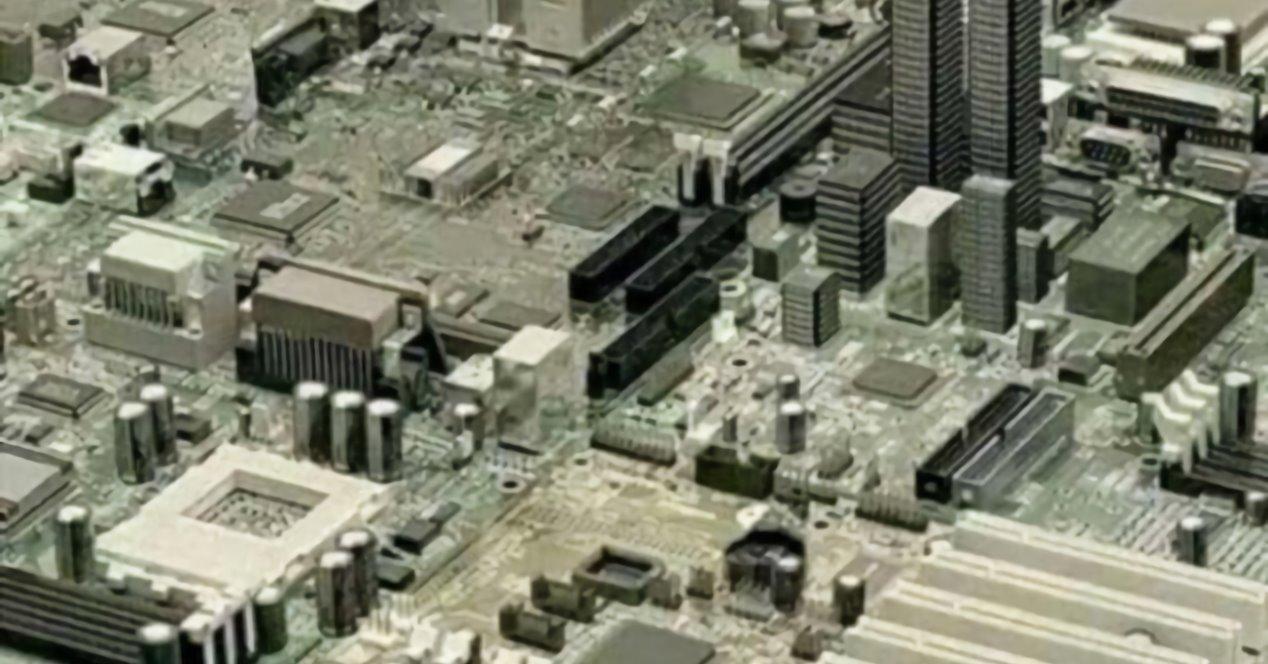One of the industry’s big secrets is that the motherboard chipset is an almost dispensable part right now, but they need its implementation so they can sell much cheaper processors by forcing the sale of different baseboard models with different specifications. However, the day will come when this will no longer be sustainable.
The motherboard chipset becomes smaller and unnecessary
As time passed and chips were made with smaller transistors, much of the circuitry that cluttered motherboards was reduced. The highlight came when the memory controller, the so-called Northbridge, was absorbed by the central processor and already in the last generations some high-speed interfaces, in particular PCI Express, were also absorbed by the CPU.
Today, a motherboard’s chipset is nothing more than the hub of various low-speed peripheral interfaces, which, if placed on the main chip, would eventually expand the chip’s area and cost. because of the need to place them on the periphery. . The solution? Connect the chipset via a high-speed bus and let it take care of concentrating all the additional connectivity on a single chip.
Of course, to fully understand what the cut-off level was, it must be taken into account that the management of the graphics card, the communication with the RAM memory and incidentally with the main SSD unit is done through the units that They are found in the central processor. Also, the chipset for practical purposes is still an expansion board to add more ports, but on the same PCB as the motherboard.
Would it be better if it was an expansion card?
We do not say it to say, normally a series of PCI Express lines or an interface of the same speed are associated to communicate with the chipset. These lines can be routed to a PCIe x4 slot and give us two different options:
- Install a second M.2 SSD in the PC in case we need super-fast storage.
- Have an expansion card with ports for additional peripherals.
However, the pitfall of the current chipset does not lie in granting more ports for peripherals, but in including a series of additional components connected to it. We’re talking about things like built-in sound cards or network cards. However, their work does not depend on the chipset, rather they are connected to the chipset and this could be solved by connecting each of them to a single PCIe lane. After all, they don’t need more bandwidth to operate.
The reality is that in the end, we end up with a lot of ports on motherboards that we don’t use and still pay for. Giving us the possibility to choose the expansion capacity of our PC would be much better, in addition to being a better way to better take advantage of the expansion card slots that are less and less used beyond the use of the corresponding graphics card.








